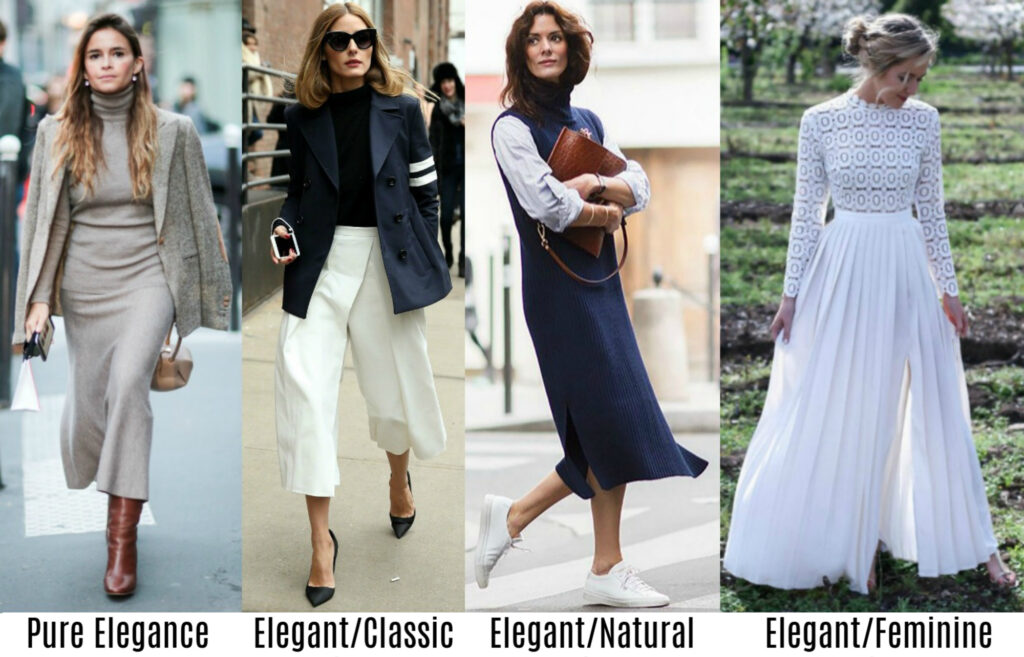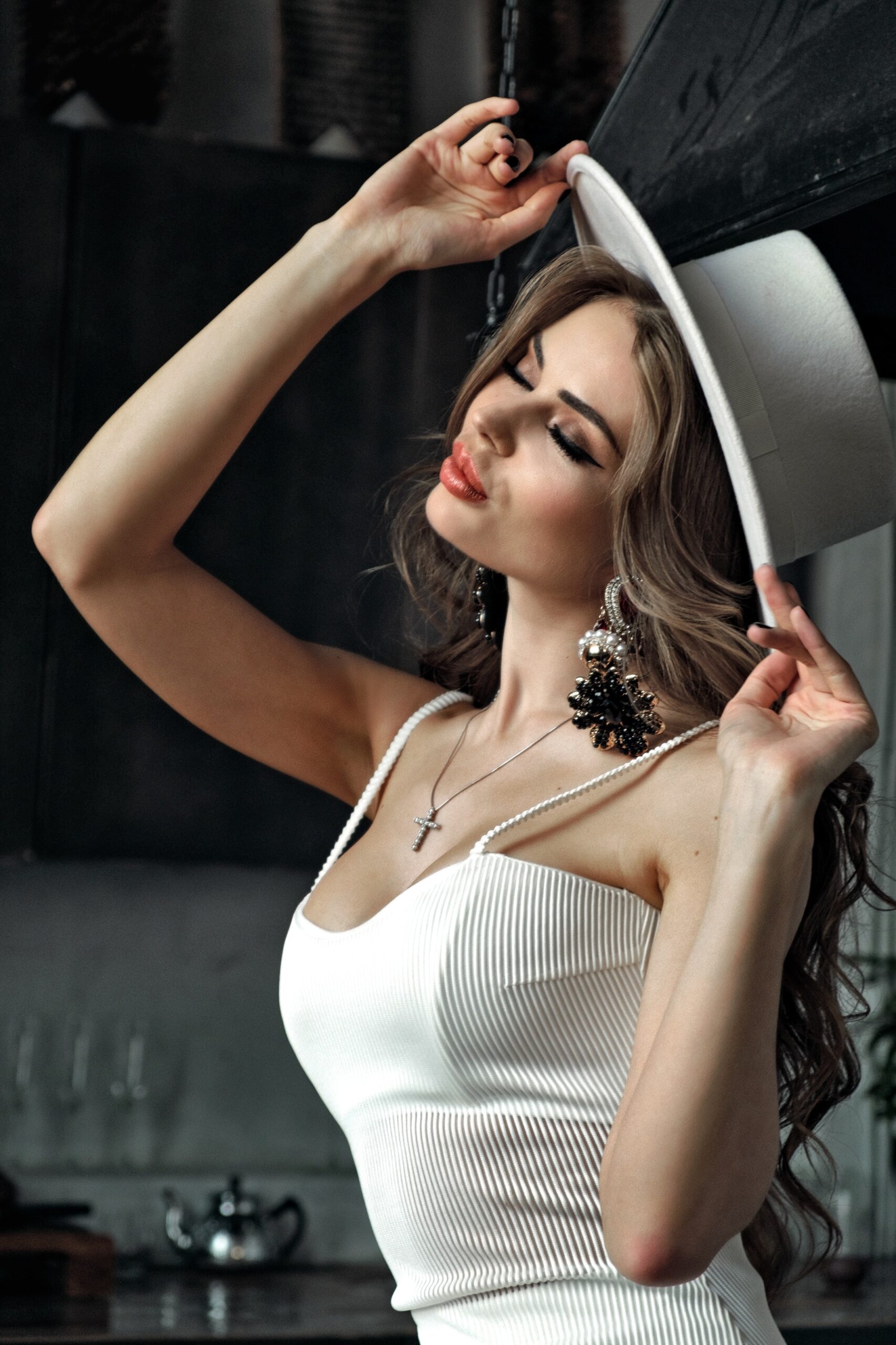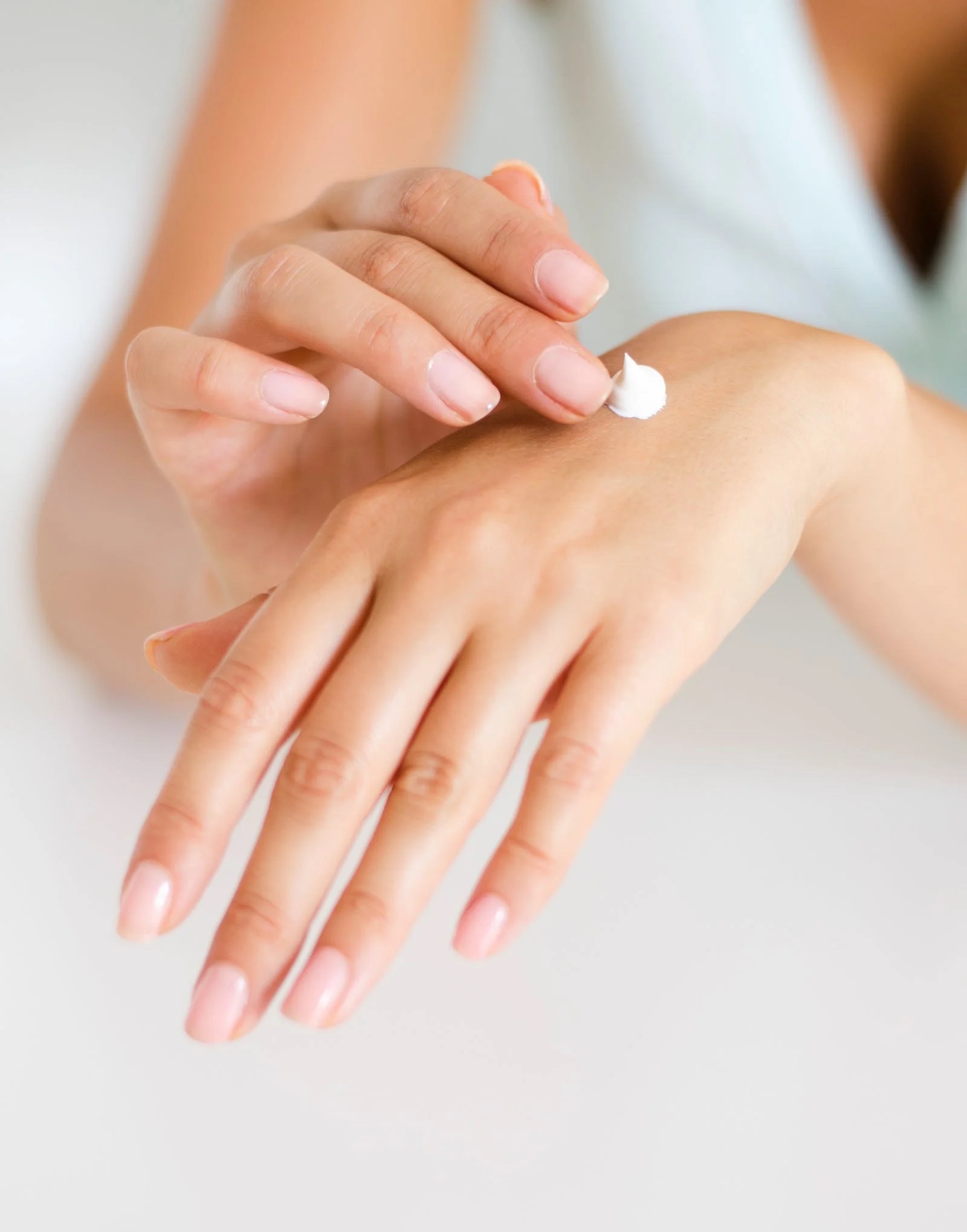Your clothing style is a powerful tool for self-expression, a reflection of your personality, and a way to make a statement without saying a word. Finding your personal style can be a fun and transformative journey that empowers you to feel confident and authentic in what you wear. In this blog post, we will explore the steps to discovering your unique clothing style, provide examples of different style personalities, and offer a questionnaire to help you kickstart your style evolution.
Step 1: Self-Reflection The first step in defining your personal style is self-reflection. Take some time to think about your lifestyle, values, and what makes you feel your best. Consider the following questions:
- What adjectives best describe your personality?
- How would you like to be perceived by others through your style?
- What activities and occasions make up your daily life?
- Are there any fashion icons or influencers whose style you admire?
Step 2: Explore Style Personalities Understanding different style personalities can give you insight into what resonates with you the most. Here are some style personalities to consider:
- Classic: Timeless and elegant, classic dressers opt for clean lines, neutral colors, and high-quality pieces. Think Audrey Hepburn or Kate Middleton.
- Bohemian: Boho style is characterized by flowy fabrics, floral patterns, and a carefree, artistic vibe. Take inspiration from Sienna Miller or Nicole Richie.
- Minimalist: Minimalists embrace simplicity, favoring monochromatic outfits, clean silhouettes, and a less-is-more approach. Look to icons like Emma Watson or Cate Blanchett.
- Eclectic: Eclectic dressers love mixing and matching different styles, eras, and patterns to create a unique, eye-catching look. Think of fashion-forward stars like Rihanna or Zendaya.
- Preppy: Preppy style is polished and put-together, featuring tailored pieces, classic patterns like stripes and plaids, and a hint of sporty flair. Consider icons such as Meghan Markle or Blair Waldorf from “Gossip Girl.”
- Edgy: Edgy fashionistas embrace bold statements, leather, studs, and unconventional silhouettes. Take inspiration from rockstars like Joan Jett or style maven Gwen Stefani.

Step 3: Create a Mood Board Collect images, outfits, and fashion pieces that resonate with you. Whether it’s from magazines, Pinterest boards, or Instagram, creating a mood board can help visualize your style preferences. Pay attention to recurring colors, textures, and themes.
Step 4: Clean Out Your Closet Before you can build your ideal wardrobe, it’s essential to declutter your current one. Go through your clothes and identify items that align with your newfound style vision. Donate or sell pieces that no longer serve you.
Step 5: Define Your Style Essentials Identify your wardrobe essentials, the foundation of your style. These could be versatile pieces like a tailored blazer, a well-fitted pair of jeans, or a classic white button-down shirt. Invest in high-quality versions of these items.
Step 6: Experiment and Mix Don’t be afraid to experiment with your style. Mix and match different elements from various style personalities until you find what resonates with you. Your style is a journey, and it’s perfectly okay to evolve over time.
Step 7: Be Confident and Authentic The most crucial element of personal style is confidence. Wear what makes you feel comfortable and authentic. Remember that style is a form of self-expression, so embrace it with pride.
Questionnaire to Kickstart Your Style Transformation: Use this questionnaire to gain clarity on your style preferences:
- What words best describe your personality?
- A. Classic
- B. Bohemian
- C. Minimalist
- D. Eclectic
- E. Preppy
- F. Edgy
- What colors do you gravitate towards?
- A. Neutrals (Blacks, Whites, Grays)
- B. Earthy Tones (Browns, Greens)
- C. Monochromatic (All Black/White)
- D. Bright and Bold (Rainbow Colors)
- E. Pastels (Soft Pinks, Blues)
- F. Dark and Dramatic (Blacks, Reds)
- Which fashion era inspires you the most?
- A. 1950s (Classic Elegance)
- B. 1960s (Hippie and Boho)
- C. 1990s (Minimalist)
- D. 1980s (Bold and Eclectic)
- E. 1970s (Preppy)
- F. 2000s (Edgy)
- What occasions do you dress for most often?
- A. Work/Office
- B. Casual Weekend Outings
- C. Formal Events
- D. Artistic or Creative Pursuits
- E. Social Gatherings
- F. Rock Concerts or Nightlife
Remember, there are no right or wrong answers. Your unique combination of preferences is what makes your personal style truly your own. Embrace it, enjoy the journey, and let your clothing style reflect the beautiful individual you are!
Happy styling

